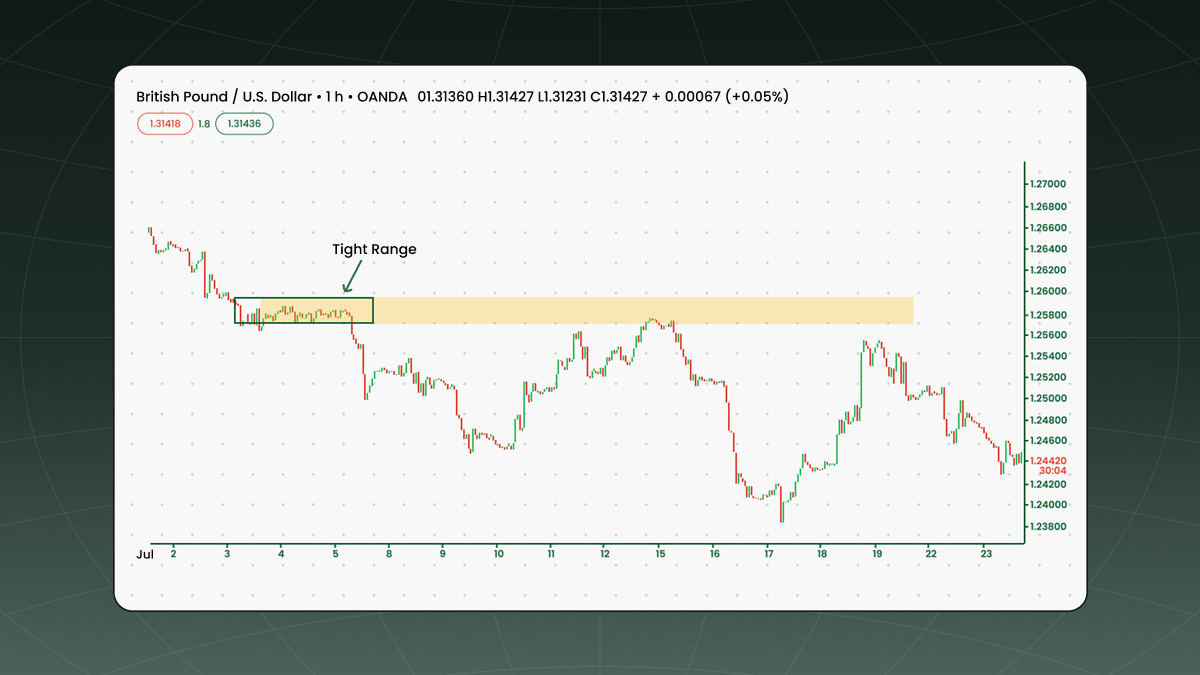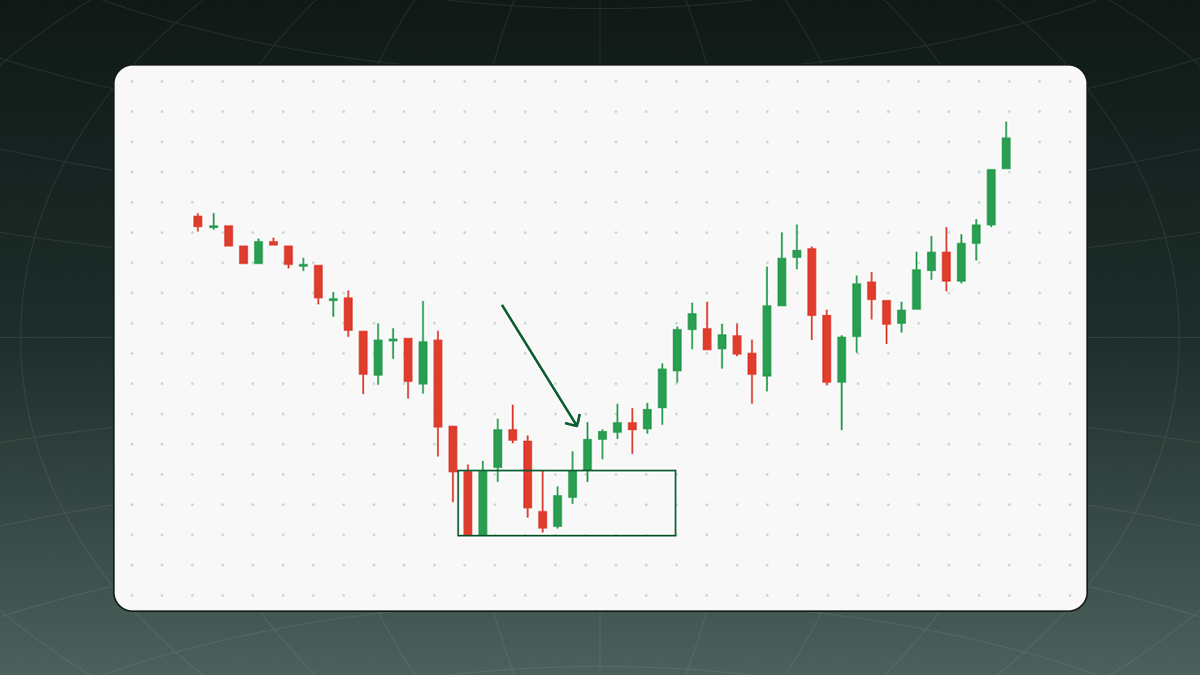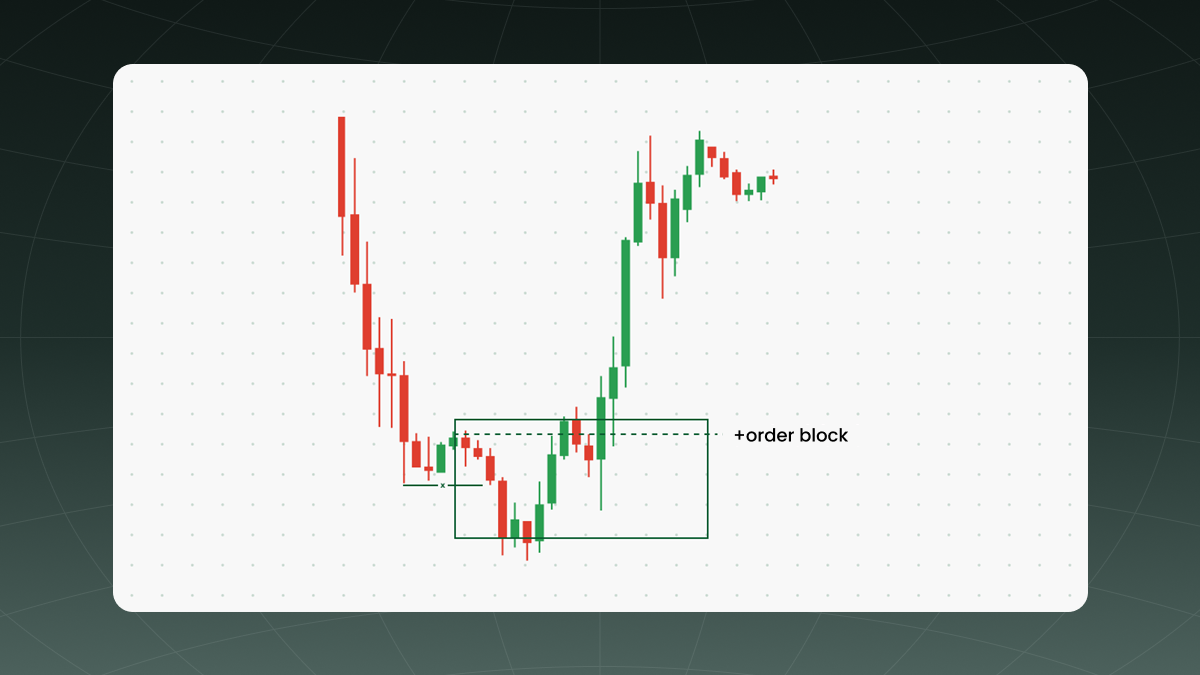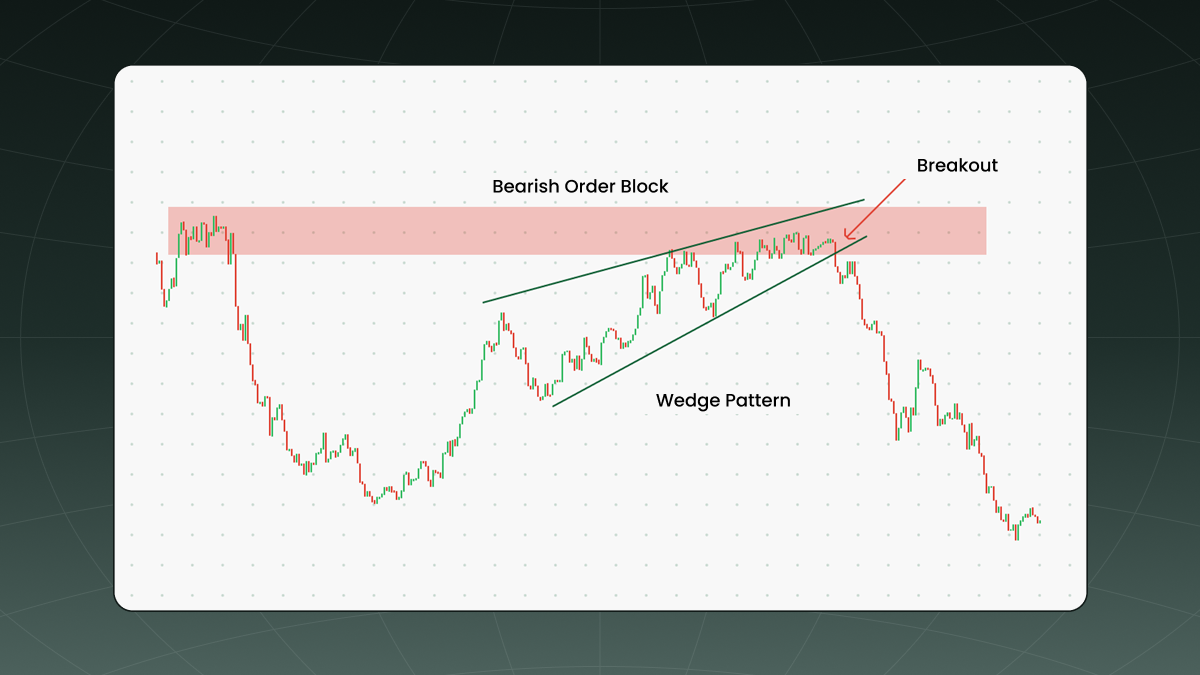What is a forex order block?
Unlike retail traders whose primary motivation is profit, big market players place orders for various reasons. Central banks, for instance, do it to control the price of their national currencies, while companies and financial institutions may do it as part of their hedging strategy. In any case, when they enter the market, they bring a lot of money into it.
However, can you imagine what would happen to the price of forex pairs if these financial institutions placed the entirety of their order in one trade? The market would get extremely destabilized, and the price would either skyrocket or drop, making it less profitable for institutions. That’s why they divide their order into several much smaller trades, creating a backlog of orders which will get fulfilled without putting a strain on the market.
In forex trading, order blocks are areas on a price chart where large financial institutions try to purchase or sell currency pairs without impacting the market. And if you look at a price chart, an order block appears as a cluster of orders concentrated at a particular price level. These levels can act as support and resistance, reversal and breakout points, and generally precede sharp market moves.

Order blocks are an advanced concept. Sometimes, revisiting the basics helps sharpen your approach. FBS’s how-to videos cover fundamental trading skills that can support your understanding.




